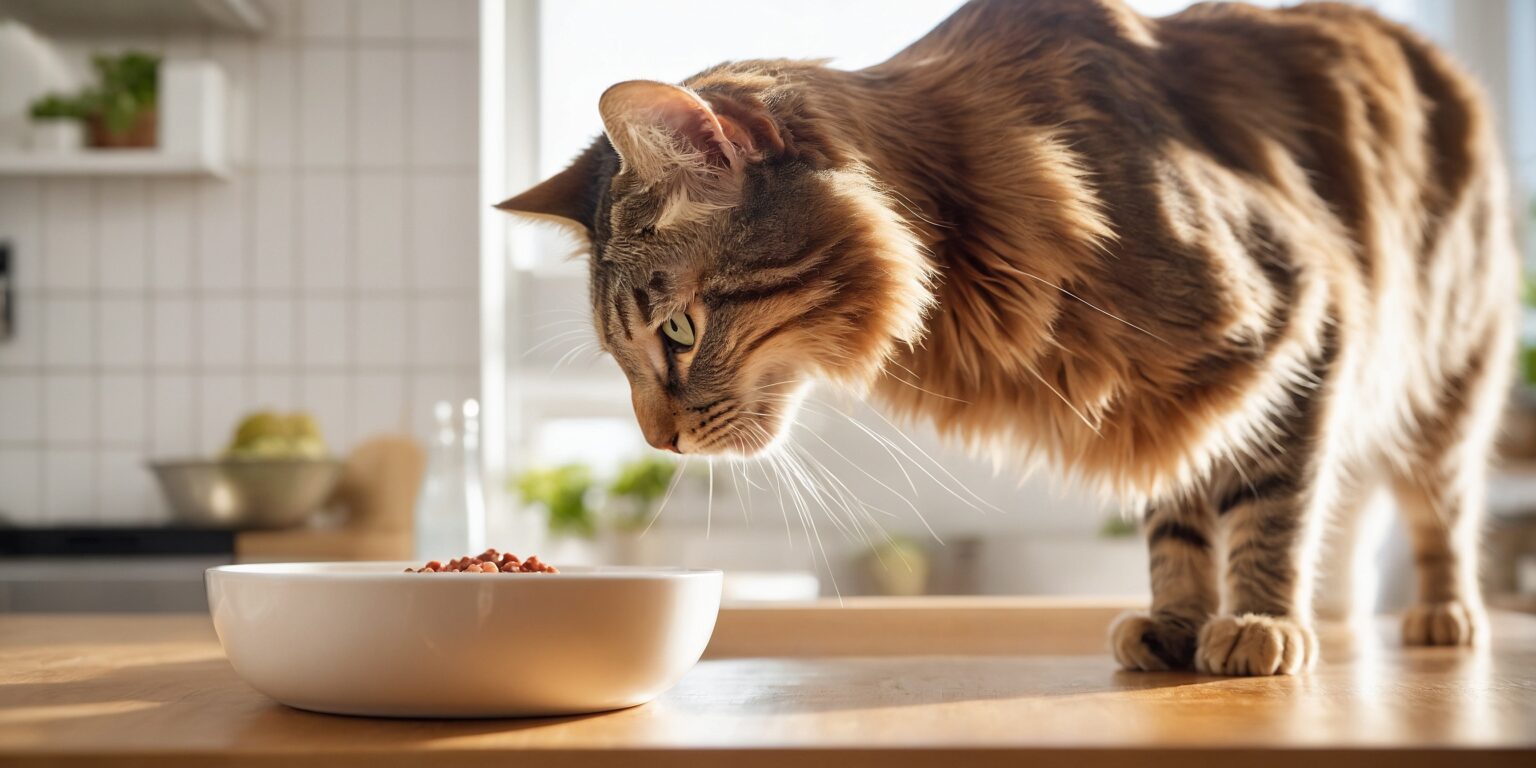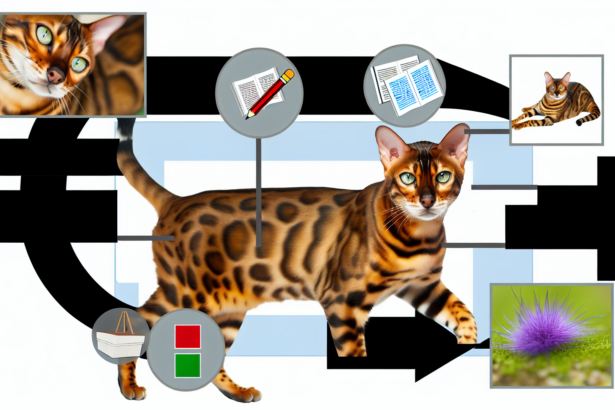Your cat may have a royal attitude, but her body is all hunter. Feeding her well isn’t about fancy trends—it’s about honoring that little panther inside. Let’s make sense of what cat food truly nourishes her, without overwhelm or guilt.
What cats really need: a quick reality check
Cats are obligate carnivores. Translation: they thrive on animal protein and specific nutrients found in meat. They don’t just like meat—they need it for healthy hearts, eyes, and muscles.
Here’s a surprising fact: cats can’t taste sweetness. So if your kitty ignores your cupcake, she’s not being polite—she literally can’t detect it. What she does crave is protein, moisture, and very specific amino acids like taurine.
Want practical guidance you can apply today? Start with a simple overview of portions, textures, and routines in our companion guide on feeding your cat wisely.
The essentials of a balanced feline diet
- High-quality animal protein: Look for named meats (chicken, turkey, salmon) as the first ingredient to support strong muscles and energy.
- Taurine and arginine: Crucial for heart, vision, and metabolism—non-negotiable for cats.
- Healthy fats (omega-3 and -6): Support skin, coat, joints, and brain. Marine omega-3s (EPA/DHA) are especially helpful.
- Vitamins and minerals: Preformed vitamin A, calcium, and phosphorus in the right ratio keep bones and systems working smoothly.
- Moisture: Cats naturally have a low thirst drive and get a lot of water from food. Wet food helps protect urinary health.
Label tip you’ll actually use
On the packet, look for the phrase “complete and balanced.” It means the food meets established nutrient profiles for cats. In the U.S., those benchmarks come from AAFCO guidance. It’s the fastest way to avoid accidental deficiencies.
Practical hydration hack
If your cat isn’t a fan of drinking, warm her wet food slightly and add a teaspoon of warm water or unsalted broth. The aroma does the heavy lifting, and you boost hydration without a battle.
Curious about fish? It can be a lovely ally in rotation. Explore the gentle perks in our guide to the benefits of fish for cats.
Store-bought vs homemade: choosing with confidence
Commercial diets
- Pros: Convenient, consistent, and designed to hit every nutrient target.
- Watch-outs: Marketing terms like “gourmet” or “premium” aren’t regulated—read the ingredient list and the nutrition claim instead.
Homemade diets
- Pros: Fresh, tailored, and appealing to picky eaters.
- Watch-outs: Balancing all micronutrients is complex; always work with a vet or board-certified nutritionist if you go this route.
Common mistake to avoid: Free-feeding highly caloric dry food all day “because she meows.” It creeps weight up, which can strain joints and increase disease risk. Set meal times and measure portions.
How to pick better cat food (without a spreadsheet)
- Read the first five ingredients: Named meats are your friends. Avoid long lists of vague fillers.
- Prefer wet or mixed feeding: Wet food supports hydration and satiety; adding some dry for variety is perfectly fine.
- Choose life-stage appropriate: Kitten, adult, or senior needs aren’t the same. Growing bodies, for instance, need more protein and energy.
- Transition slowly: Mix new and old over 7–10 days to protect tummies.
Wet vs dry vs fresh
- Wet food: Hydrating, aromatic, and often adored by sensitive or senior cats.
- Dry food: Convenient and budget-friendly; store properly to keep fats from oxidizing.
- Fresh/frozen: Can be great when formulated to be complete and balanced—check that claim.
Portions, rhythm, and real life
Most cats do best with two to three measured meals a day. For grazers, an automatic feeder keeps you consistent and your cat satisfied—see our picks in the cat food dispenser guide.
What not to serve (and why)
- Chocolate, onions, garlic, alcohol, xylitol: Toxic—keep far away from curious paws.
- Excessive tuna or liver: Can unbalance nutrients over time.
- Milk for adults: Many cats are lactose intolerant; it may cause tummy upset.
- Cooked bones: Splinter risk—skip them.
If you keep only one safety link handy, make it this refresher on why chocolate is dangerous for cats.
Bringing it all together
Think simple, not perfect: a complete and balanced base, a bit of variety in proteins and textures, and steady hydration. Your cat will thank you—with brighter eyes, softer fur, and more playful bursts between naps.
Quick recap
- Pick complete and balanced foods with named meats.
- Lean on wet food for hydration; warm it to boost aroma.
- Avoid stealth calories and free-feeding.
- Transition new foods gradually and observe stool, energy, and coat.
FAQ
What is the healthiest cat food for indoor cats?
A “complete and balanced” wet or mixed diet with named meats and moderate calories is ideal. Indoor cats benefit from moisture and portion control to maintain a healthy weight.
Do cats need wet food every day?
They don’t need it daily, but many thrive with at least some wet food for hydration and urinary support. Even one wet meal a day can make a difference.
Is homemade cat food safe?
It can be, but only when formulated by a professional to meet feline nutrient needs. Unbalanced recipes risk deficiencies in taurine, vitamin A, and essential fatty acids.
Which human foods are safe for cats?
Small tastes of plain cooked meats (chicken, turkey, salmon) are usually fine. Avoid onions, garlic, chocolate, alcohol, xylitol, and cooked bones.







